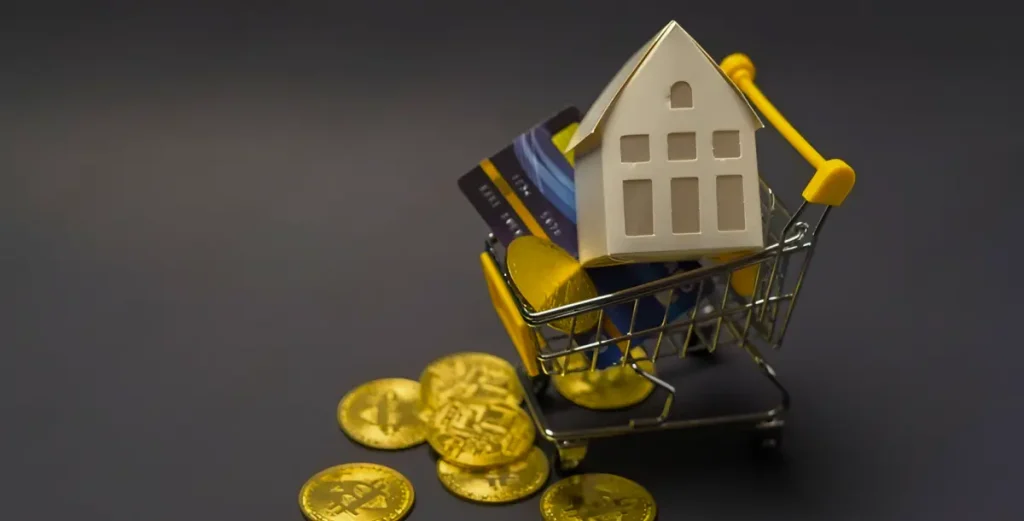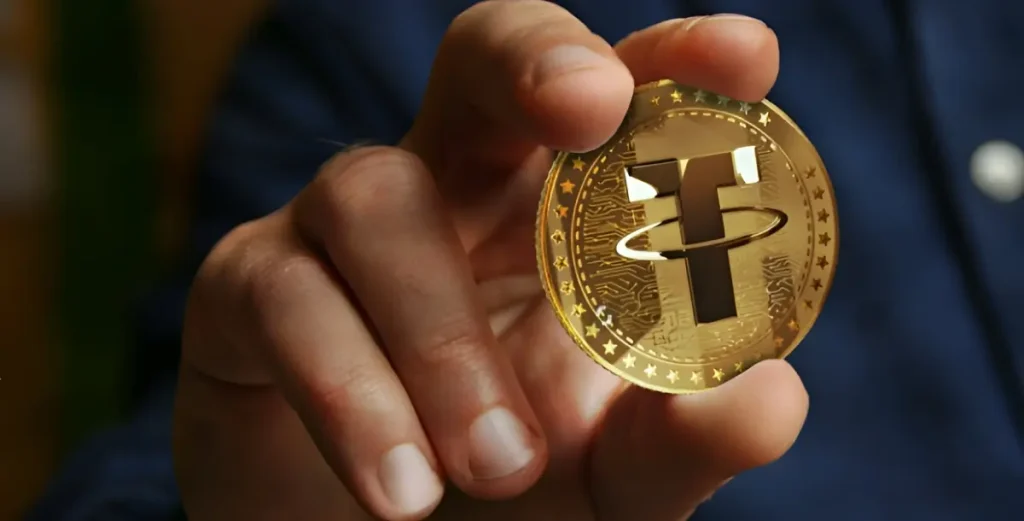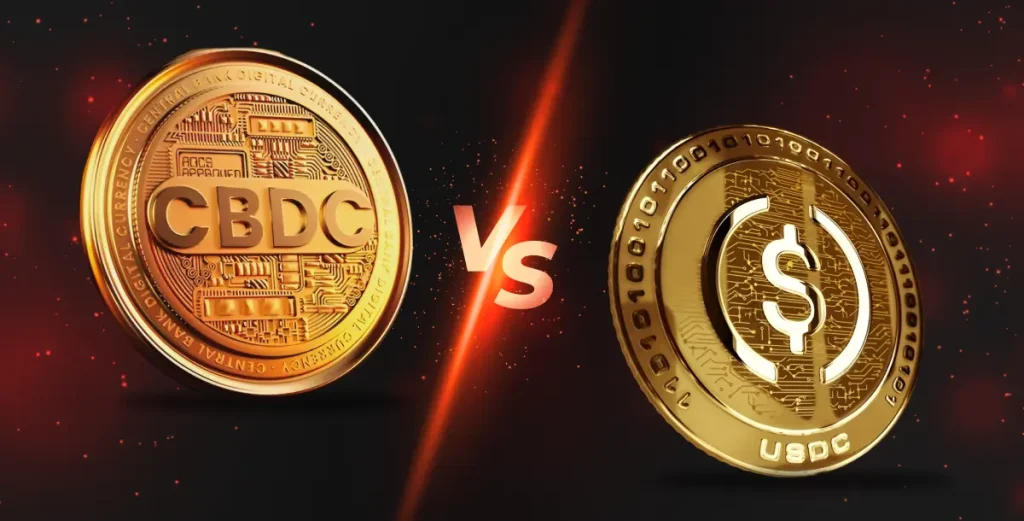The stablecoin market has become an essential pillar of the digital asset economy, providing critical infrastructure for liquidity, settlement, and payments. But as the market grows, so does the scrutiny from institutional investors, regulators, and businesses.
In 2025, the question isn’t whether stablecoins matter; it’s which ones can be trusted. The ecosystem is rapidly evolving toward greater transparency, compliance, and scalability. As infrastructure providers observe across global markets, finding the best stablecoin is no longer just about a one-to-one peg; it’s about identifying assets built on a foundation of trust.
This guide explores the top 10 stablecoins of 2025, evaluating them on the metrics that matter most to institutional players. We will analyze their safety, regulatory standing, and real-world use cases to help you determine which stablecoin best fits your business needs.
What Defines the Best Stablecoin in 2025?
Not all stablecoins are created equal. As the market matures, the criteria for what makes the best stablecoin have become more stringent. For institutional investors and fintech leaders, stability is a multidimensional concept that extends far beyond a simple price peg. Key factors now include reserve transparency, auditability, regulatory compliance, and deep liquidity.
A stablecoin’s long-term viability also depends on its ability to prove that its reserves are fully backed, regularly audited by reputable firms, and compliant with evolving financial regulations. Trusted blockchain infrastructure companies highlight these factors as key indicators of a stablecoin’s reliability and suitability for institutional use.
Top 10 Stablecoins to Watch This Year
Here’s a breakdown of the leading stablecoins in 2025, ranked by their safety, transparency, and institutional adoption.
1. Tether (USDT)
As the largest stablecoin by market capitalization, USDT remains a dominant force in the crypto market. It is widely used for trading, liquidity, and cross-border payments. While it has faced scrutiny over its reserve composition in the past, Tether has made significant strides in transparency by publishing daily reserve reports and quarterly attestations. For many traders, its unparalleled liquidity makes it the best stablecoin for high-frequency operations.
2. USD Coin (USDC)
Issued by Circle, USDC has established itself as a leader in regulatory compliance and transparency. Backed by highly liquid assets like cash and U.S. Treasury bills, USDC is a favorite among institutional investors. Its focus on compliance and integration with traditional financial systems positions it as one of the safest stablecoins for businesses seeking low-risk digital dollars.
3. Dai (DAI)
DAI is a decentralized, over-collateralized stablecoin built on the Ethereum blockchain. Unlike its centralized counterparts, DAI is backed by a diversified portfolio of crypto assets locked in smart contracts. Its decentralized governance model offers a unique value proposition for users prioritizing censorship resistance. However, its reliance on crypto collateral makes it inherently more volatile than fiat-backed alternatives.
4. First Digital USD (FDUSD)
A relative newcomer, FDUSD has quickly gained traction, particularly on major exchanges. Issued by a Hong Kong-based trust company, FDUSD offers programmable features for financial contracts and is backed by high-quality reserves of cash and cash equivalents. Its rapid adoption in key trading markets suggests it is a strong contender for the best stablecoin in terms of growth potential.
5. PayPal USD (PYUSD)
Backed by one of the world’s largest fintech companies, PYUSD is a regulated stablecoin issued by Paxos. It is fully backed by U.S. dollar deposits, short-term U.S. treasuries, and similar cash equivalents. Natively integrated into PayPal’s ecosystem, PYUSD is designed for payments and Web3 transactions, making it a highly accessible and trusted option for millions of users.
6. Euro Coin (EURC)
Also issued by Circle, EURC is a regulated, euro-backed stablecoin. It operates under the same full-reserve model as USDC, offering a reliable digital euro for businesses operating in the Eurozone. As frameworks like MiCA come into effect, EURC is well-positioned to become the best stablecoin for euro-denominated transactions.
7. Gemini Dollar (GUSD)
Issued by the Gemini crypto exchange, GUSD is a regulated stablecoin pegged 1:1 to the U.S. dollar. It is known for its strong emphasis on security and compliance, with reserves held at U.S. banks and audited monthly. GUSD’s regulatory clarity makes it a safe choice for institutions looking for a reliable on-ramp into the digital asset space.
8. Pax Dollar (USDP)
Another stablecoin from Paxos, USDP is regulated by the New York State Department of Financial Services (NYDFS). It is one of the most transparent and regulated stablecoins available, offering instant settlement and fully backed reserves. Its strong regulatory foundation makes it a prime candidate for the best stablecoin for regulated financial activities.
9. TrueUSD (TUSD)
TUSD provides real-time attestations of its reserves, setting a high standard for transparency. It uses a network of partner banks to hold its U.S. dollar collateral, ensuring funds are independently verified. For users who prioritize provable backing, TUSD is often considered one of the safest stablecoins.
10. XSGD (XSGD)
XSGD is a stablecoin pegged to the Singapore dollar and regulated by the Monetary Authority of Singapore (MAS). It offers a compliant and efficient way for businesses to transact in digital Singapore dollars. For enterprises in the APAC region, XSGD stands out as the best stablecoin for local commerce and remittances.
Evaluating Safety: Transparency, Collateral, and Trust
Choosing the best stablecoin requires a deep dive into its operational integrity. The three pillars of stablecoin safety are transparent reserves, high-quality collateral, and regulatory trust.
Transparent reserves mean that the issuer provides frequent, verifiable attestations or audits from reputable third-party firms. High-quality collateral ensures that the stablecoin is backed by stable, liquid assets like cash or short-term government securities, minimizing risk during market stress.
Finally, regulatory trust is built through compliance with established financial frameworks. Evaluating the best stablecoin often involves assessing live liquidity and transaction volumes; data that providers continuously analyze to support institutional decision-making.
How Institutional Players Are Using Stablecoins
Institutional adoption of stablecoins is accelerating as organizations recognize their utility beyond trading. Exchanges, fintech companies, and investment funds use stablecoins for a variety of purposes, including:
- Settlement and Clearing: Stablecoins enable near-instant settlement of transactions, reducing counterparty risk and operational costs.
- Cross-Border Payments: By bypassing slow and expensive correspondent banking networks, stablecoins facilitate faster and cheaper international remittances.
- Treasury Management: Corporations are beginning to use stablecoins to manage working capital and earn yield in DeFi protocols.
- DeFi Access: Stablecoins serve as the primary on-ramp for institutions to access decentralized finance (DeFi) markets for lending, borrowing, and yield generation.
Many infrastructure providers have noted a sharp rise in B2B stablecoin adoption as businesses seek faster, borderless transaction rails. This trend highlights the growing demand for reliable stablecoin liquidity solutions.
Regulation and the Future of Stablecoins
The regulatory landscape for stablecoins is solidifying globally. In Europe, the Markets in Crypto-Assets (MiCA) regulation provides a clear framework for stablecoin issuers. Similarly, jurisdictions like the United States and Singapore are developing robust regulatory guidelines to ensure consumer protection and financial stability.
These regulations are not a hindrance but a catalyst for growth, as they build trust and pave the way for wider institutional adoption. With global compliance frameworks tightening, blockchain solution providers play a key role in helping institutions adopt stablecoins responsibly and navigate the complexities of institutional crypto custody.
Finding the Best Stablecoin for Your Business
The search for the single best stablecoin is nuanced; the right choice ultimately depends on your organization’s specific risk profile and use case. For trading and liquidity, USDT and FDUSD offer unmatched depth. For payments and regulated use cases, USDC and PYUSD provide a higher degree of compliance and transparency. For those prioritizing decentralization, DAI remains the clear leader.
As the market matures, the defining characteristics of a top-tier stablecoin will be stability, compliance, and the reliability of its underlying infrastructure. Businesses that partner with trusted digital asset solution providers can stay ahead of regulatory and technological changes, ensuring they are well-equipped to leverage the power of stablecoins safely and effectively.




